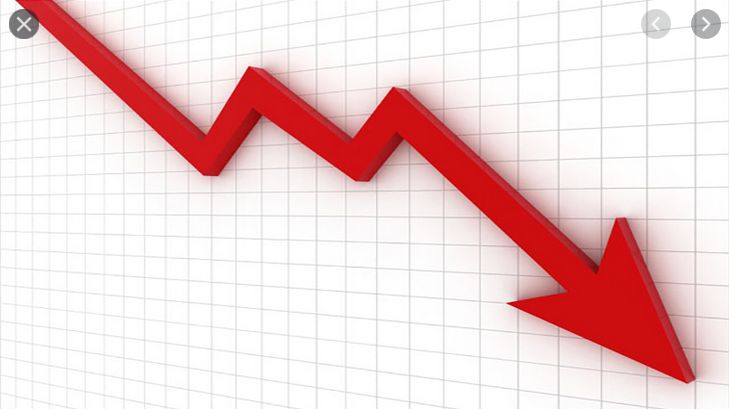On another day, the Bank of Canada’s decision to leave a key interest rate unchanged at 0.50 per cent might have sent the dollar and markets higher.
But the decision Wednesday was overwhelmed by more global angst and both went lower, though the dollar stood mostly firm in the face of overwhelmingly negative sentiment. That in itself is a good sign.
The bank’s decision was a good one, because lower interest rates aren’t the answer to our problems. Lowering them again wouldn’t make much difference, but it would send a message that smells of panic. After an uninterrupted fall in our currency and an eroding sense of well-being, standing pat sends a strong message that offers a confidence boost. The sky is cloudy, but it isn’t falling.
The decision also recognizes that after eight years of successive cuts, the medicine hasn’t revived the patient. Each cut has less and less impact, so why keep going?
Dropping rates from 10 per cent to 5 per cent is huge. On a $100,000 interest-only loan, that cut reduces a monthly payment by more than $400. But from 0.50 per cent to 0.25 per cent, the same 50 per cent cut is barely noticeable.
Assume the same $100,000 loan at the current rate of 3.20 per cent (prime plus half a point). The bank passes on 10 basis points of a quarter-point cut. Your new payment falls by $9. Don’t spend it all in one place.
Low interest rates have also hurt the prospects for savers and those on fixed incomes, mainly seniors. And they have led a generation of young people to believe that the discipline of saving isn’t worth the trouble. It has fuelled a housing boom and pushed consumer debt to record levels.
It has persuaded many people to reluctantly dive into stocks in a search for higher returns; those returns are there, but so is higher risk and volatility. If your time-frame is short, the lurches can be stressful.
The Bank of Canada wants to see whether the dramatic fall in the dollar is energizing other sectors of the economy that can replace the lost exports of rocks, minerals and energy. That takes time.
It offered some positive signs in its January Monetary Policy Report accompanying the decision.
Non-energy exports gained strongly between January and November, 2015. Though in aggregate they may be worth less than oil and minerals, that change shows what can happen.
The growth came from fish and seafood products, packaging, heavy trucks and buses, ships, locomotives and rapid transit equipment, and fresh, frozen and canned fruits and vegetables. It also came from rubber and finished rubber products and furniture and fixtures. A lot of that is destined for the U.S.
Another insight into the Bank’s decision comes from its revised forecast for economic growth, which it sees hitting 1.4 per cent this year. That’s lower than the International Monetary Fund’s forecast of just 1.7 per cent for us in 2016.
On the other hand, the Bank is more optimistic than the IMF about 2017, seeing 2.4 per cent growth versus 2.1 per cent. Both are certainly weak numbers, but they are still growth and in line with global norms. No recession in sight.
There are four messages we should take away from all this:
- This is a cyclical downturn in commodities, not the collapse of civilization;
- A 68 cent dollar is the price we pay for getting back on track. But as I’ve noted before, the average exchange rate over the last 25 years is 81 cents (U.S.). The odds are for a rebound rather than a steeper decline;
- The rate-cut medicine is pretty much done.
There are two tools that stimulate growth. One is monetary policy, which raises and lowers rates. The other is fiscal policy, which spends money to create demand.
The first one hasn’t really worked. We’ll see in the spring what measures the new government introduces to give the second one a try.
Read he full post in Toronto Star


Leave a Reply